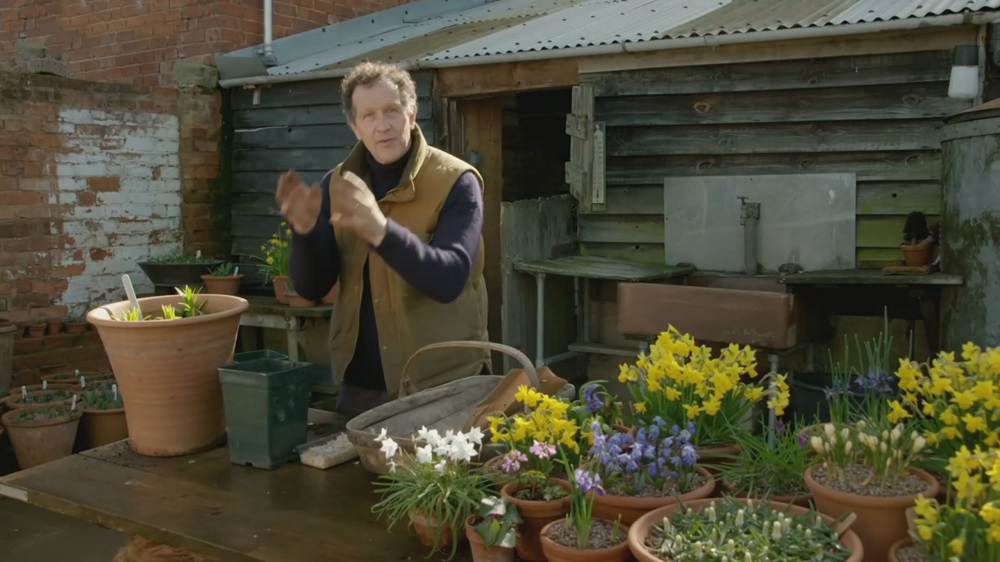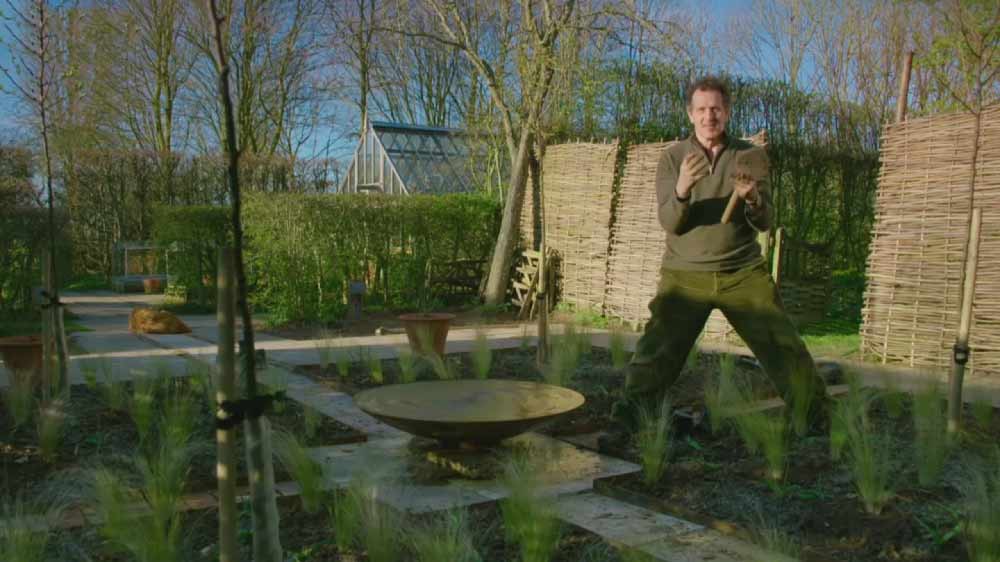Gardeners World episode 28 2019: Monty Don assesses the progress, successes and failures of his paradise garden, the new area of Longmeadow that he planted at the beginning of the year. He also makes a start on sowing a meadow of wildflowers in the orchard and gives advice on what to plant now in the vegetable garden.
Frances Tophill travels to Glasgow to meet a gardener whose hands-off approach to his garden has reaped rewards for wildlife. Adam Frost visits a garden in Wales where a potentially unpromising and rocky site has been transformed, while Carol Klein seeks out the planting partners which are holding their own as the season moves into autumn. Mark Lane explores Nymans in West Sussex to find out how the garden is managed with sustainability at its heart, and in Somerset we find out about some unusual uses of plants from a gardener who has developed a forest garden.
Gardeners World episode 28 2019
How to grow garlic
Not only has the use of garlic in the kitchen increased dramatically in recent years but also the number of gardeners producing their own crop. Garlic is a rewarding, easy-to-grow crop as long as it is grown on well-drained soils.
Choose an open, sunny site and well-drained soil. High humidity around the foliage and wet soils make the crop more prone to disease, particularly if planted in the autumn. Garlic does not thrive on acid soils (below pH 6.5). Reduce acidity by applying lime in autumn and winter.
Rose black spot
Rose black spot is a fungal disease of roses where purple or black spots develop on leaves, which often drop early. Black spot is the most serious disease of roses. It is caused by a fungus, Diplocarpon rosae, which infects the leaves and greatly reduces plant vigour. Expect to see leaf markings from spring, which will persist as long as the leaves remain on the plant.
Rose powdery mildew
Powdery mildew is one of the most common foliar diseases of roses. The white, powdery fungal growth can be very disfiguring, with repeated heavy infection reducing plant vigour. Cultural techniques play an important role in minimising outbreaks, and fungicides can also be used.
Rose powdery mildew is a disease of roses caused by the fungus Podosphaera pannosa. The conspicuous white growth can affect all aerial parts of the plant, producing microscopic spores that spread the disease. High humidity is favourable for infection, and plants growing in areas where air movement is poor or the soil is dry can be severely affected.
Gardeners World episode 28 2019 at Nymans
Gardener’s World presenter, Mark Lane, spent time with the team in the nursery, finding out how we use sustainable gardening techniques and how this makes Nymans one of the most sustainable places in the National Trust.
Grow your own hazelnuts
Hazelnuts are the fruit of Corylus (hazel) trees and bushes. The most important form are cobnuts (C. avellana) but filberts (C. maxima) are also grown. These sweet nuts have been in cultivation for centuries and make a tasty addition to any orchard or large garden.
The cobnut has a short husk (papery casing to the nut) from which the nut protrudes, whereas the husk of the filbert is long and covers the nut.
Bog garden plants – Gardeners World episode 28 2019
For ground that is always damp, but not permanently waterlogged, bog plants are a good group of plants to consider. These can be planted as part of a specially built bog garden or, if you are lucky enough, in any position in the garden where these conditions are naturally present.
Selecting plants for a bog garden presents many exciting options. Enjoy the opportunity to create contrasts with uprights foliage, bold broad leaved plants and filigree ferns. Add to this the variety of flower form and colour, and there can be interest throughout the growing season. Consider colourful stems of willow and dogwood for winter interest.




